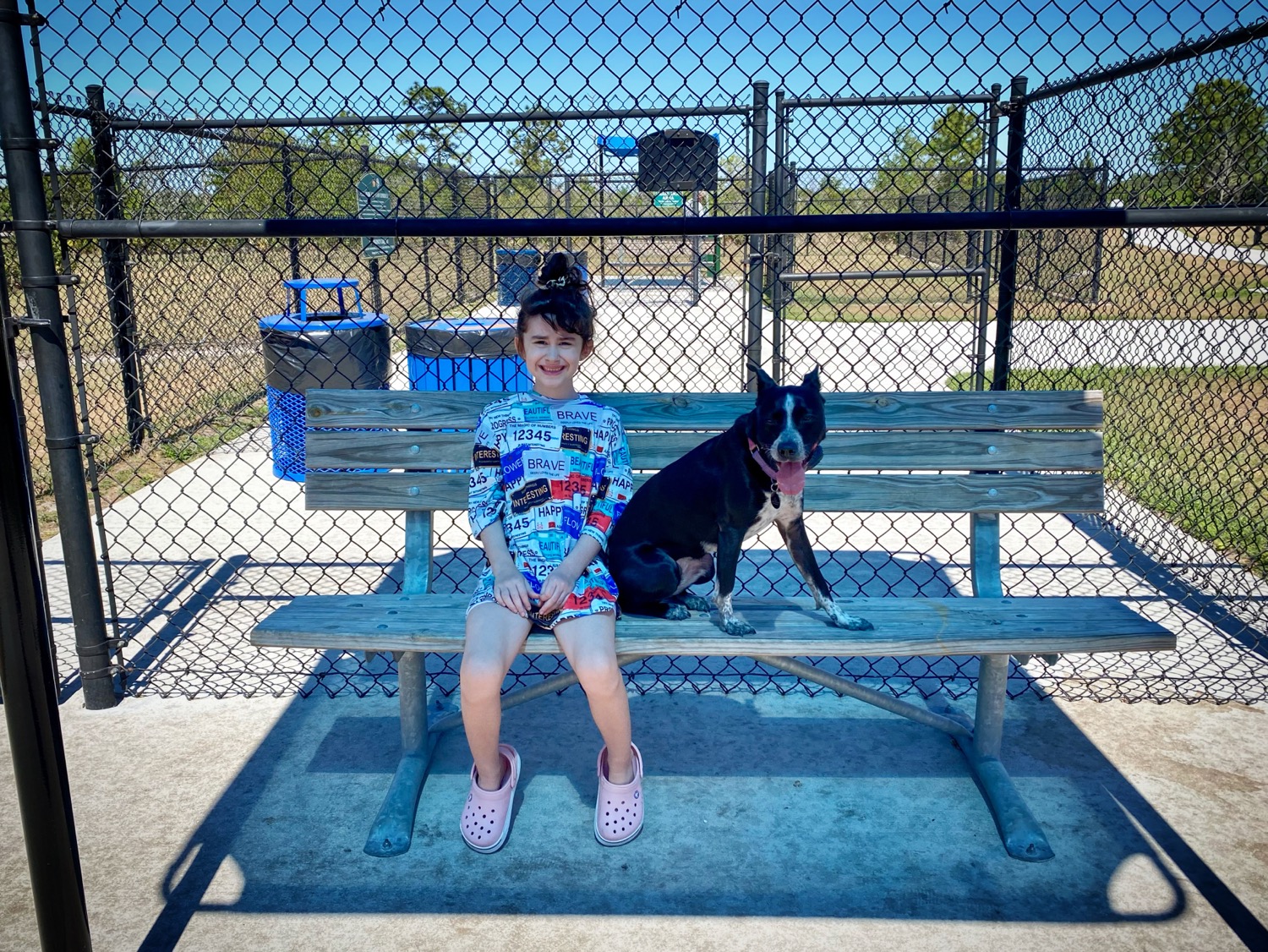Tailored Training: Understanding Breed-Specific Needs
- Jason Parks
- Oct 16, 2023
- 3 min read
Understanding the unique needs of different dog breeds is paramount for effective dog training. Just as individual dogs have their personalities and quirks, dog breeds come with a set of inherent traits and requirements. Recognizing and addressing these breed-specific characteristics can lead to more effective training sessions, happier dogs, and satisfied owners.
1. The Importance of Recognizing Breed Traits
Each breed was historically developed with a purpose, whether that was herding livestock, hunting game, guarding properties, or simply providing companionship. These historical roles shaped the physical attributes, temperaments, and energy levels seen in the breeds today.
Physical Attributes: For instance, greyhounds, with their streamlined bodies, are built for speed. Their physique and metabolism mean they might require short, intense periods of exercise followed by rest.
Temperament: On the other hand, breeds like the Border Collie have been bred for herding and require mental stimulation and tasks to keep them engaged.
Energy Levels: Breeds such as the Siberian Husky are known for their endurance and high energy, requiring extended periods of vigorous exercise.
2. Tailoring Training Techniques Adjusting training techniques to accommodate breed-specific traits can lead to more productive sessions:
Working Dogs: Breeds like German Shepherds or Belgian Malinois, often used in police or military roles, thrive on task-based training and challenges. They may benefit from agility courses or tracking exercises.
Sighthounds: Breeds such as the Whippet or Saluki, known for chasing moving objects by sight, can excel in lure coursing.
Terriers: Breeds like the Jack Russell Terrier, which were bred for hunting small game, can benefit from training that incorporates their natural digging and chasing instincts.
3. Recognizing Breed-Specific Health Needs Training isn't just about obedience and tricks. It's also about ensuring a dog's overall well-being. Different breeds come with distinct health concerns.
Brachycephalic Breeds: Dogs like Bulldogs or Pugs have shorter snouts and can face respiratory challenges. Their training should account for regular breaks and should avoid strenuous activities during hot weather.
Large Breeds: Breeds such as Great Danes or Saint Bernards can be prone to joint issues. Low-impact exercises and activities might be more suitable for them.
4. Socialization and Behavior Traits Breed-specific traits also play a role in socialization:
Guarding Breeds: Dogs like Dobermans or Rottweilers have inherent protective instincts. Proper socialization is crucial to ensure they differentiate between friend and foe.
Prey Drive: Breeds with high prey drives, like Greyhounds or Afghan Hounds, may need specialized recall training, especially in areas with smaller animals.
5. Nutrition and Diet While not directly related to training, understanding a breed's dietary needs can indirectly impact their training outcomes:
Active Breeds: Breeds with high energy levels, like Border Collies or Dalmatians, may require a diet rich in protein.
Small Breeds: Toy breeds like Chihuahuas or Yorkies might need smaller, more frequent meals to maintain their energy levels.
6. The Role of Genetics and Environment
It's essential to remember that while breeds come with certain genetic predispositions, individual dogs might vary. Factors like genetics, early-life experiences, and environment play a significant role in shaping a dog's behavior. Hence, a holistic approach, understanding both breed-specific and individual needs, yields the best training results.
Conclusion Understanding breed-specific needs doesn't mean pigeonholing a dog into certain behaviors or traits. Instead, it offers a foundation upon which a comprehensive training plan can be built. Recognizing these needs ensures that training is not only effective but also enjoyable and enriching for the dog. After all, when training aligns with a dog's inherent traits, it taps into their natural instincts, making the process smoother for both the trainer and the trainee. This tailored approach is what sets a knowledgeable dog training business apart from the rest.




Comments